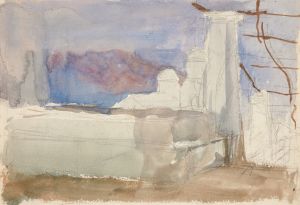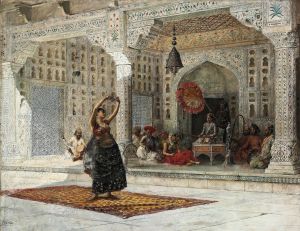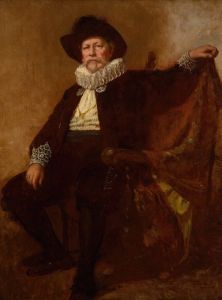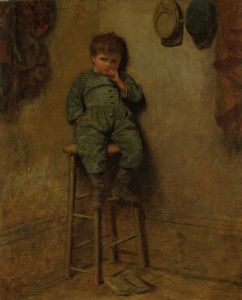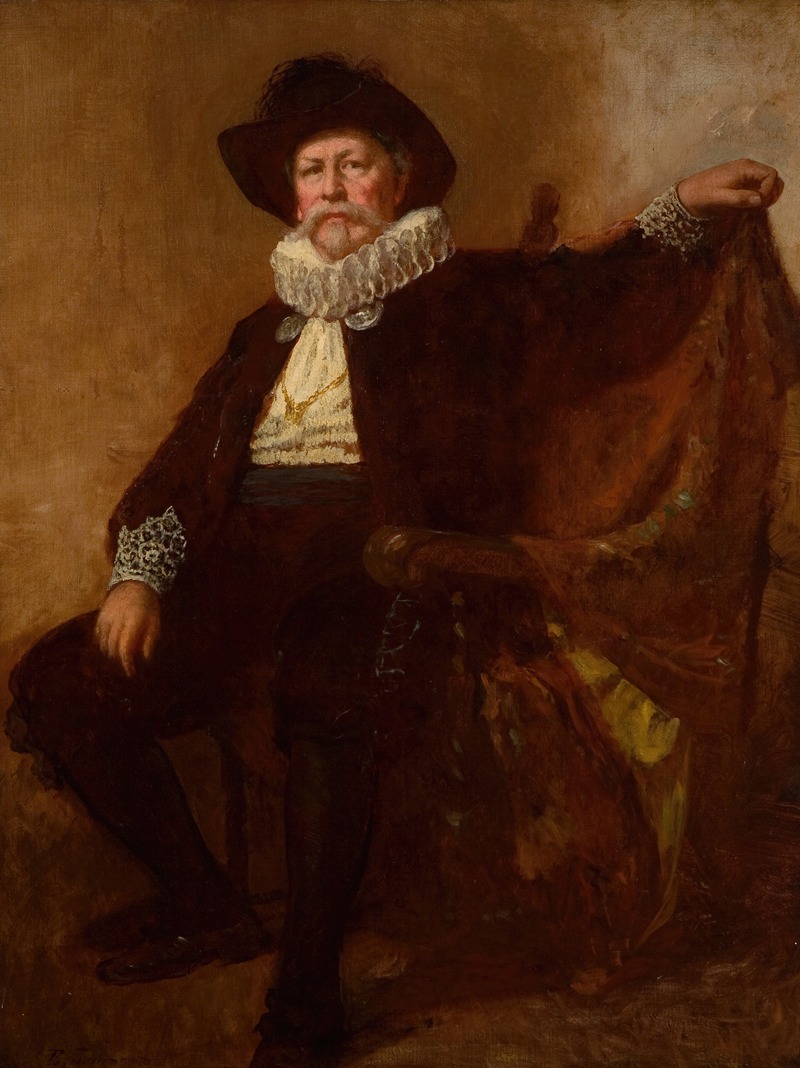
Self-Portrait in the Costume Worn by Him at the Twelfth Night Celebration at the Country Club
A hand-painted replica of Eastman Johnson’s masterpiece Self-Portrait in the Costume Worn by Him at the Twelfth Night Celebration at the Country Club, meticulously crafted by professional artists to capture the true essence of the original. Each piece is created with museum-quality canvas and rare mineral pigments, carefully painted by experienced artists with delicate brushstrokes and rich, layered colors to perfectly recreate the texture of the original artwork. Unlike machine-printed reproductions, this hand-painted version brings the painting to life, infused with the artist’s emotions and skill in every stroke. Whether for personal collection or home decoration, it instantly elevates the artistic atmosphere of any space.
Eastman Johnson's Self-Portrait in the Costume Worn by Him at the Twelfth Night Celebration at the Country Club is a notable work by the American artist, created in 1880. This painting is a self-portrait that captures Johnson dressed in a festive costume, reflecting his participation in a Twelfth Night celebration, a traditional event marking the end of the Christmas season. The work is significant as it offers a glimpse into the artist's personal life and his engagement with social and cultural festivities of his time.
Eastman Johnson (1824–1906) was a prominent 19th-century American painter, often referred to as the "American Rembrandt" for his mastery of portraiture and genre scenes. He is best known for his depictions of everyday life in America, as well as his portraits of notable figures. This self-portrait stands out in his oeuvre as it diverges from his usual focus on others and instead turns the lens on himself, showcasing his sense of humor and his participation in a specific cultural moment.
The painting depicts Johnson in a theatrical costume, which he wore during a Twelfth Night celebration at a country club. Twelfth Night, traditionally celebrated on January 5th or 6th, is associated with revelry, costumes, and the breaking of social norms. The choice to portray himself in costume suggests Johnson's willingness to embrace the playful and performative aspects of the occasion. His attire and expression in the painting convey a sense of whimsy and self-awareness, offering a rare, personal insight into the artist's character.
The artwork is executed in oil on canvas, a medium Johnson frequently employed. His skillful use of light and shadow, as well as his attention to detail, are evident in this piece, consistent with his reputation for technical excellence. The painting is also notable for its intimate scale, drawing the viewer into a closer engagement with the subject.
While the painting is not among Johnson's most widely recognized works, it holds value for its autobiographical nature and its documentation of a specific cultural practice. It provides a contrast to his more formal portraits and genre scenes, highlighting a lighter, more personal side of the artist.
The painting is part of the collection of the Metropolitan Museum of Art in New York City, where it is preserved and occasionally displayed. It serves as a testament to Johnson's versatility as an artist and his ability to capture not only the external world but also his own persona in a moment of celebration.







